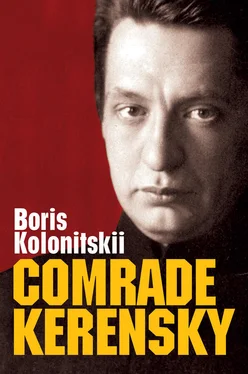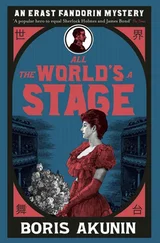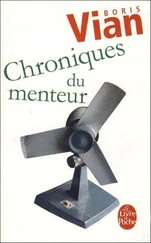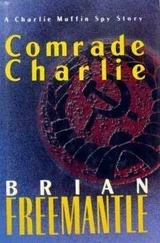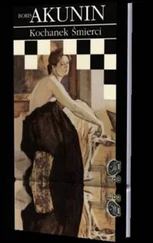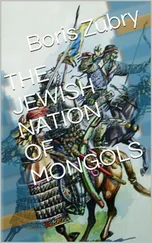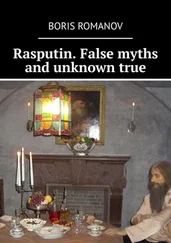I have also relied on Richard Wortman’s approach to studying the representation of imperial power, 22having previously adapted some of his research techniques for use in my work on the image of members of the tsar’s family during the First World War. 23
In Tragic Erotica: Images of the Imperial Family during the First World War , I attempted to describe not only the representation of the tsar but also the image of other members of the dynasty, which impacted on the monarch’s public relations and gave a better understanding of the matter. My interest was not only in how an image was created but also in how it was used, and I studied not only positive but also negative images. Of course, whether an image is positive or negative can be a moot point, and in different contexts they could be perceived and used by players in different ways.
I have adopted a similar approach in this study, although the specifics of the cultural and political situation of the time, in particular the dynamism of the revolutionary era, have necessitated bringing in further research methods. More attention has had to be paid to the volatile politics which directly influenced the design of images of power. I compare the Kerensky cult with representation of other leaders of the time.
My aim, on the basis of the resources available, has been to construct a narrative about representation of the Great Revolutionary Leader. I have tried to bring order to the disparate sources of images of Kerensky, giving priority to images which became particularly important and were widely disseminated. At the same time, the frequent occurrence or absence of any such image in a particular category of sources has often raised issues to consider. In order to understand the creation, distribution and use made of images of Kerensky, I try to reconstruct the cultural and political context, paying particular attention to the political struggle. This ‘multifaceted contextualization’ enables us to tie in study of the Kerensky cult with the overall political history of the revolution.
Studying the rumours about a leader is no less important than factual reconstruction of events. 24A rumour passed on by an acknowledged expert has the status of an authoritative pronouncement and influences political decision-making, while rumours believed by masses of the population have a huge direct impact on the course of history. Contrasting rumours with ‘what really happened’ is methodologically naive: the researcher needs to take account of all the factors influencing the processes under study.
Clearly, Kerensky’s own writings, and in particular his speeches and orders, are important for studying the cultural means of strengthening a leader’s authority. Many party leaders exercised their leadership by publishing articles and pamphlets and devoted a good deal of time to correspondence. During the revolution many ‘leaders’ remained desk-bound. Lenin’s Collected Works include several volumes of articles, pamphlets and letters written in 1917. In this he was not alone: the liberal politician Milyukov and the Socialist Revolutionary leader Chernov, the ‘grandfather of Russian Marxism’ Plekhanov and the Socialist Internationalist Martov, the conservative Shulgin and the revolutionary Trotsky wrote a lot at that time, and read even more. 25In Russia political authority was often built on a foundation of writing: the Leader was a sage. The Soviet leaders who came after Lenin aspired to intellectual leadership. Styling themselves his ‘faithful disciples’, they sought the status of great teachers.
Kerensky asserted his leadership status by issuing orders and making speeches. His public speeches were widely disseminated in the press, and in 1917 several collections of his speeches and orders appeared as separate publications. This testifies to popular demand. The speeches of other politicians were of far less interest to publishers. At times, what Kerensky said in a particular speech is reported variously in different publications, and here the historian faces the task of evaluating one version against another. It is impossible to reconstruct exactly what was said, but studying the orator’s rhetorical tactics provides a basis on which to generalize about how the Leader is presenting himself. An important question is the impact speeches had, and here the history of how and when they are quoted needs to be reviewed. Reports can also give a sense of audience reaction by mentioning applause or exclamations made by those listening. Different sources can also report variously on audience reaction.
Propaganda and news handouts are important. It might seem a simple matter to study them, but the researcher cannot always be sure of accurately understanding the meaning given to terms which appear straightforward to the modern reader – words such as ‘democracy’, ‘tsar’ and ‘state’. The historian needs to bear in mind the different meaning their authors might have put into them and how readers and listeners might have interpreted them. There is a need to act as a translator from the language of revolution.
Another source is political resolutions, petitions, congratulations and collective letters. Historians differ as to their value as evidence, but the very fact that a letter is sent to a particular publication or institution signals a certain stance. They are usually sent to a body the writer deems authoritative. The views of people writing to Izvestiya (‘News of the Petrograd Soviet’) are probably going to be close to that newspaper’s position. Those overtly opposed to its position are predictably underrepresented. 26
Sometimes resolutions and collective letters are seen as having no value as historical evidence. The argument is that, to be valid, a source must illustrate the mood of those directly participating in events. Vladimir Fedyuk quotes a resolution published in a Yaroslavl newspaper after Kerensky’s appointment as minister of war: ‘The team of the Yaroslavl military hospital, meeting on 9 May to elect members of the disciplinary court, have unanimously resolved to send greetings to you, the first socialist minister, who command the love and respect of all Great Rus. We gladly place all our strength at your disposal.’
Professor Fedyuk is perplexed. ‘A team in a hospital (how many people were in it? Twenty? Thirty?), meeting to resolve a very specific matter, for no reason at all send a telegram to the minister expressing their love and devotion. If you think about it, is that not just very odd?’ 27The same might be said of the many telegrams of greetings sent to Kerensky, which really did fill the newspapers at this time.
There are, however, other questions a historian might ask. Why, for example, would the newspaper deem it appropriate to print the hospital workers’ telegram, which might, after all, appear comical? We may reasonably assume that it was not from whom the letter came that mattered but the substance of the resolution. This was exactly how it was hoped the newspaper’s target reader might respond to Kerensky’s appointment. Other periodicals, which had not hitherto been publishing resolutions or collective letters, began doing so in 1917. A signal was being sent to the newspaper’s readers that exemplary citizens should do the same. If the newspaper had authority with them, then such a letter might provoke further such resolutions. The language of the resolution is also interesting: those who passed it are appreciative of the fact that Kerensky is a socialist. They express their confidence that ‘all Rus’ not only respects the minister but also loves him. Appropriate political emotion is being prescribed.
To answer Professor Fedyuk’s question, no doubt whoever drafted the resolution on behalf of the hospital team would claim it was an expression of their opinion, using words he, as an activist, had authority to choose. Such resolutions did not always reflect the precise opinion of the collectives adopting them, but they enable us to judge the language of the populous ‘committee class’ – members of all manner of committees and soviets – who drafted them. That is important for understanding the attitude towards national leaders, and also for studying the influence of activists within collectives. No few komitetchiki [‘committee devotees’] claimed their authority was based on the Leader’s authority and did their utmost to enhance it.
Читать дальше
